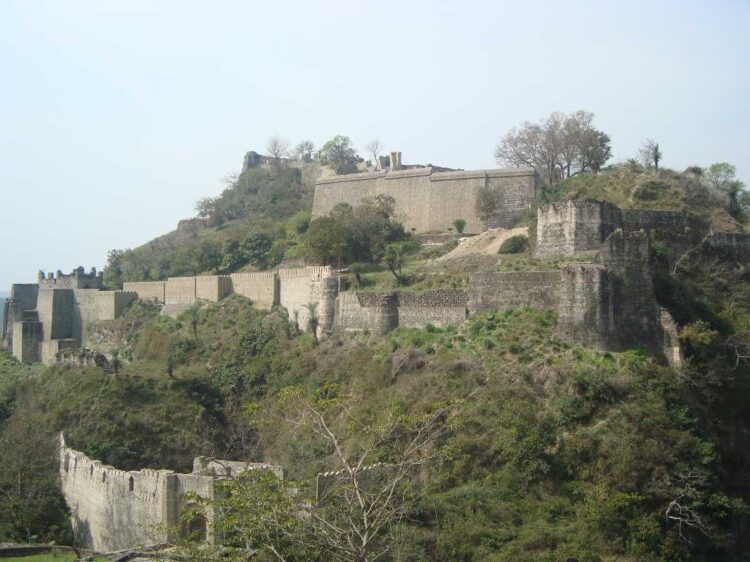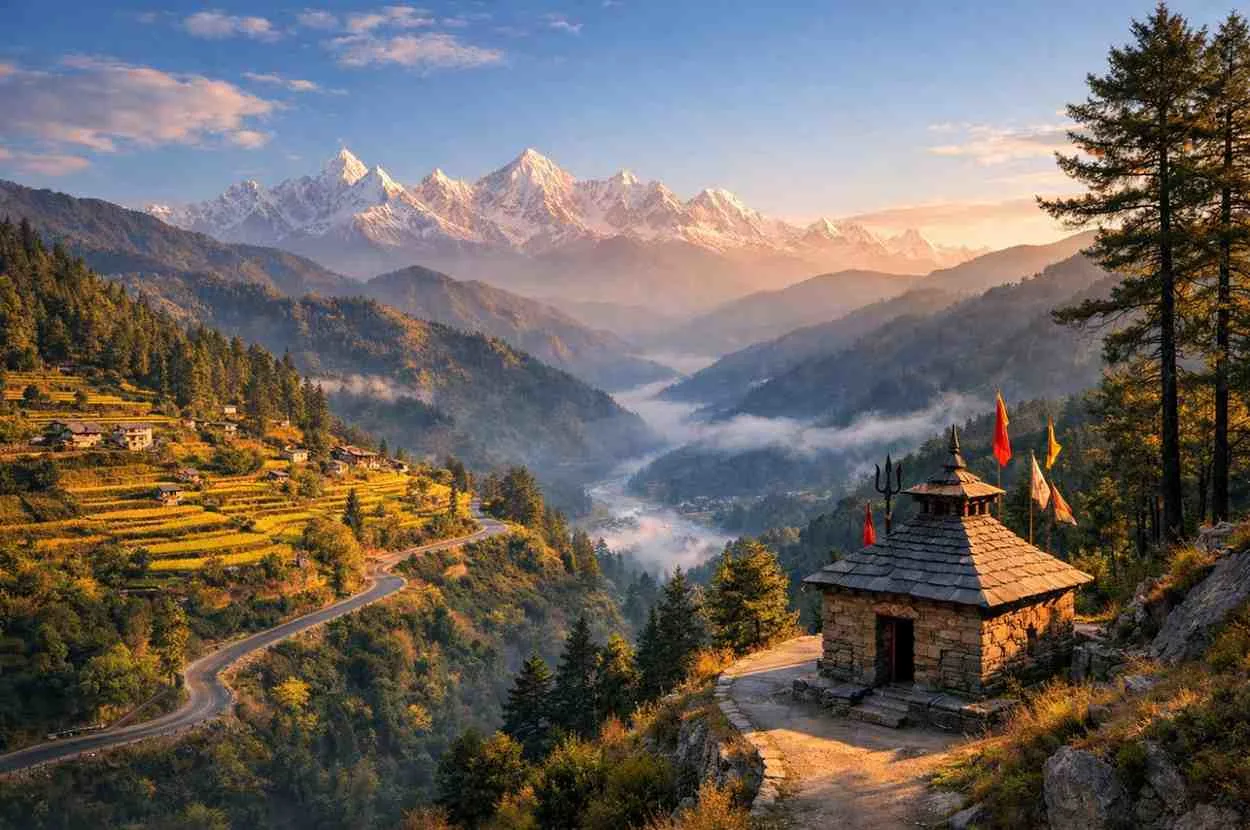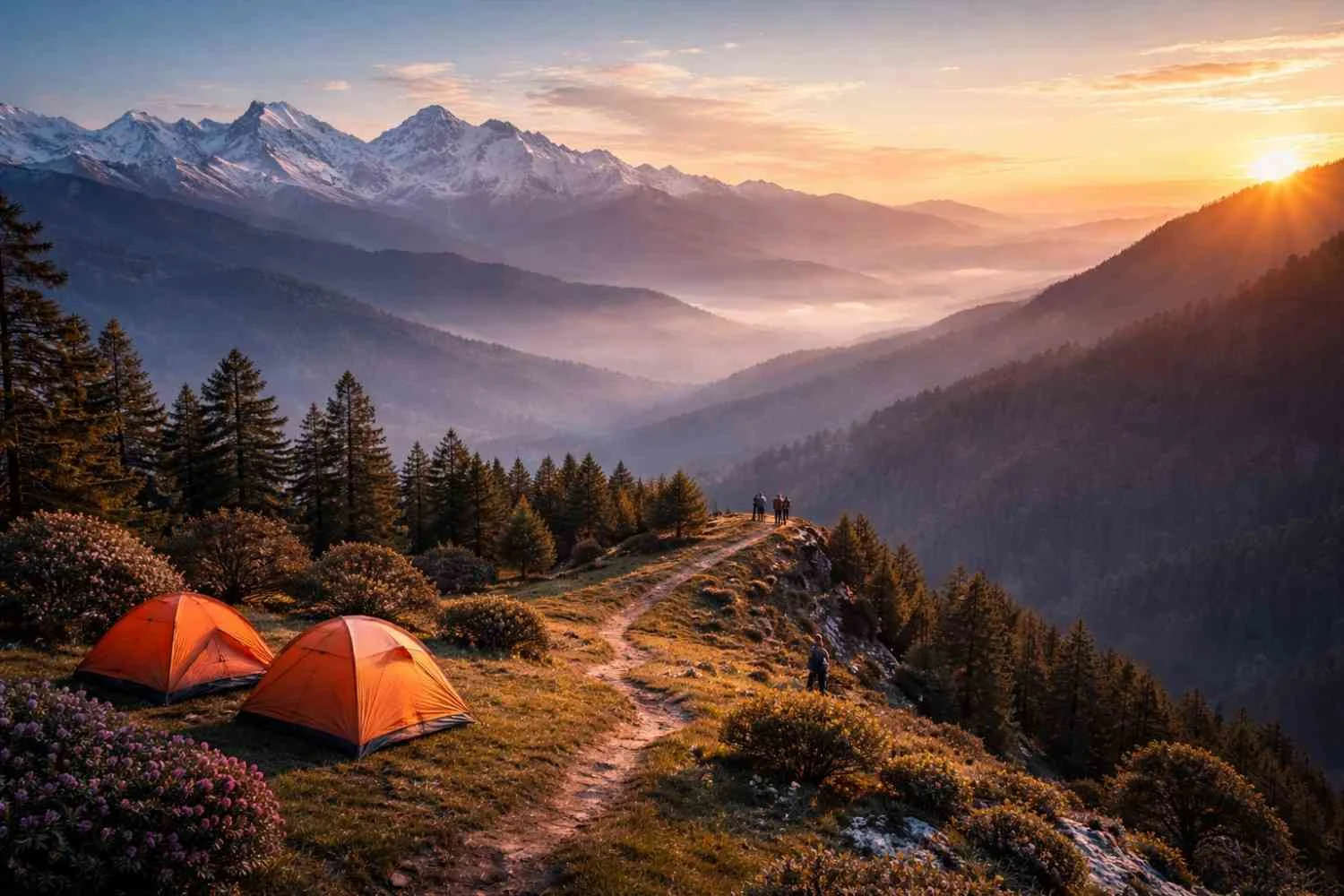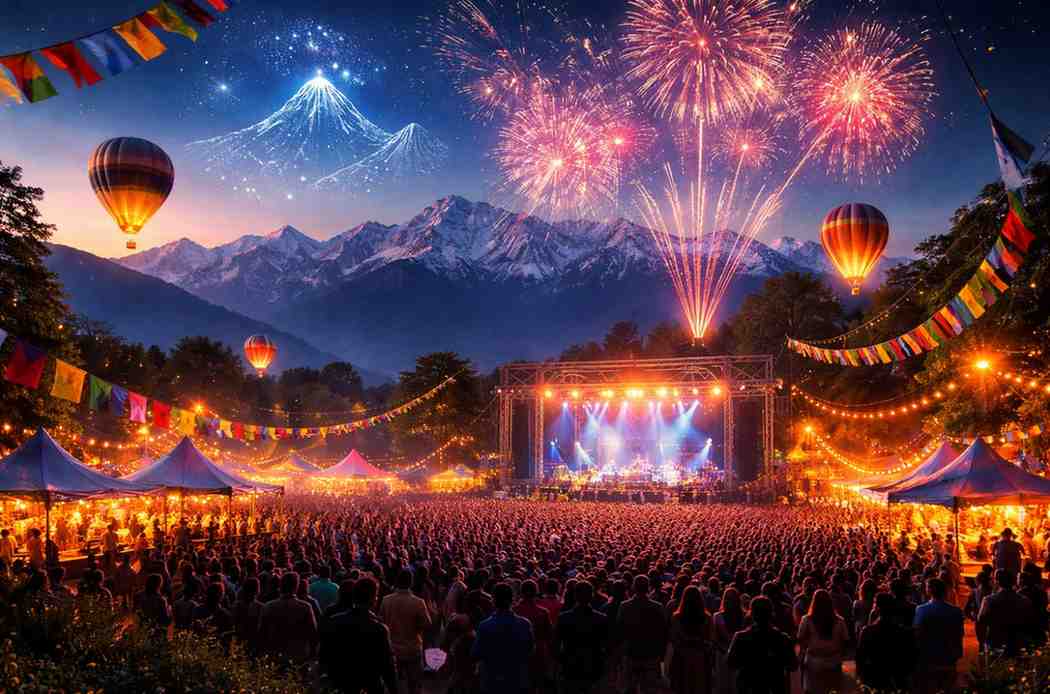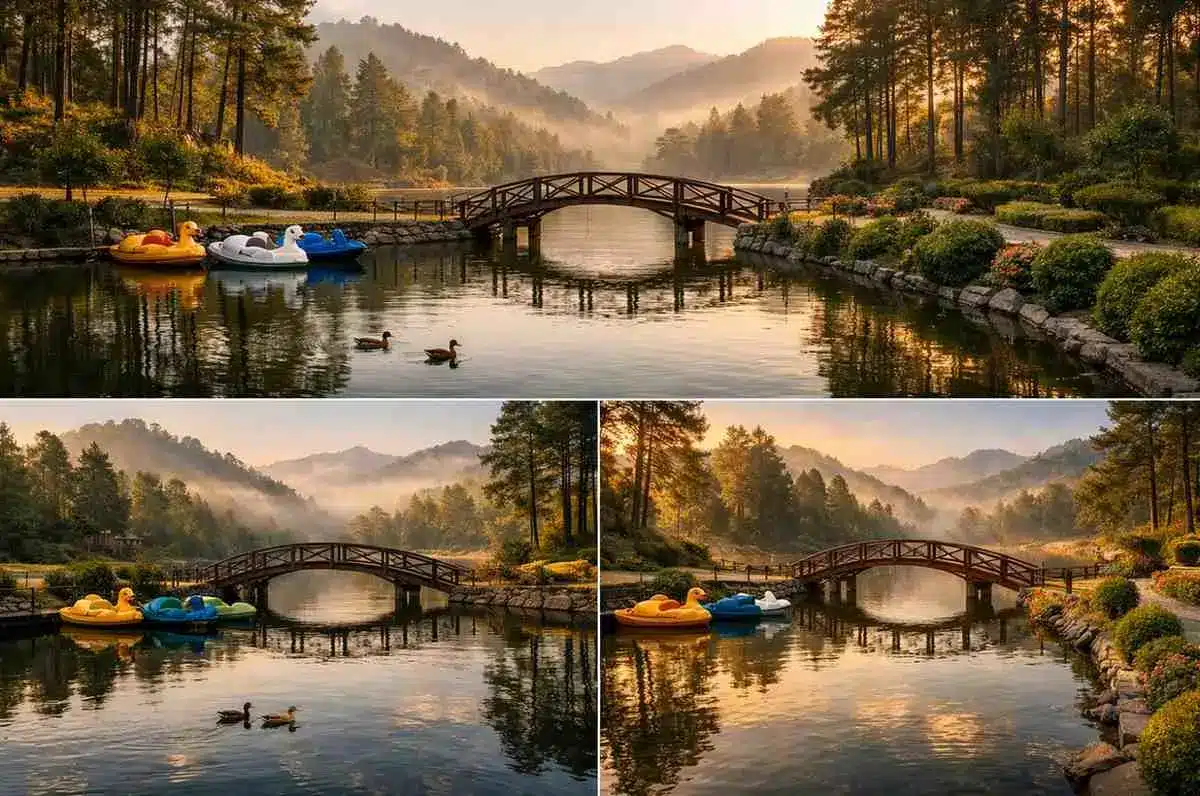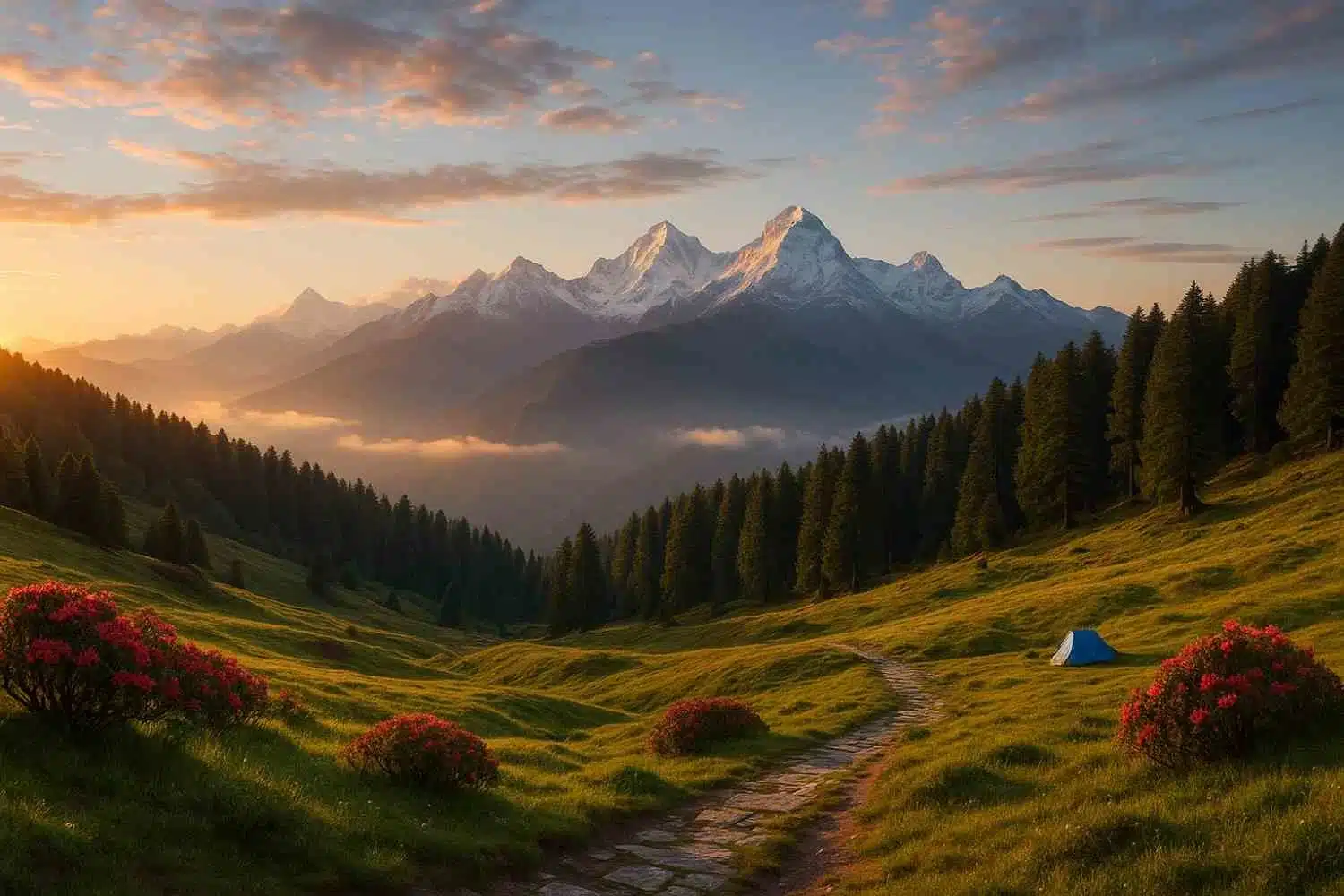Kangra Fort, amid Himachal Pradesh’s scenic valleys, showcases old India’s history and architecture. The largest Himalayan fort and oldest Indian fort, “Kangra Ka Kila,” is regionally renowned. This beautiful fortification is a fascinating peek into the past and an outstanding travel experience.
A Historical Look: Kangra Fort Himachal Pradesh
Kangra Fort History
Kangra Fort was built by the Rajput royal family of Kangra state (Katok dynasty) and dates back to the ancient Trigarta kingdom mentioned in the Mahabharata epic. It is the largest fort in the Himalayas and possibly the oldest in India. Kangra fort withstood the siege of Akbar in 1615. However, Akbar’s son Jehangir succeeded in taking the fort in 1620 and subjugated the Raja of Chamba, “the greatest of all the Rajas of this region”. Mughal Emperor Jahangir, assisted by Suraj Mal, established a military garrison there.

Katok kings repeatedly plundered Mughal-controlled areas, weakening Mughal control. As Mughal power declined, Raja Sansar Chand II became his successor. In 1789, he recaptured his ancestor’s ancient fort. The Raja Sansar Chand fought several battles with the Gurkhas on one side and the Sikh king Maharaja Ranjit Singh on the other. Sansar Chand took the neighbouring kings prisoner, which gave rise to conspiracies against him. During the fighting between the Sikhs and the Katoks, the gates of the fort were kept open for resupply. In 1806, the Gurkha forces entered through the gate barely armed. This led to an alliance between Maharaja Sansar Chand and Maharaja Ranjit Singh. The Gurkha forces were subsequently defeated and forced to retreat across the Sutlej in 1809. The fort remained in the possession of the Katok family until 1828, when Ranjit Singh annexed it after the death of Sansar Chand. It was eventually captured by the British after the Sikh War of 1846. The British garrison occupied the fort until it was badly damaged in an earthquake on 4 April 1905.
Wonder of Architecture: Kangra Fort, Himachal Pradesh
Kangra Fort combines mediaeval and ancient Indian architecture. Built over a large area, the fort has strong walls and gates that have survived. Walk through its entrances to see magnificent stone carvings and grandiose doors that display the era’s artistry.
The fort’s layout stands out. It takes use of its high hilltop location to overlook the lowlands and Banganga-Majhi river confluence. The fort’s position gave it a strategic edge in conflicts and offers stunning views now.
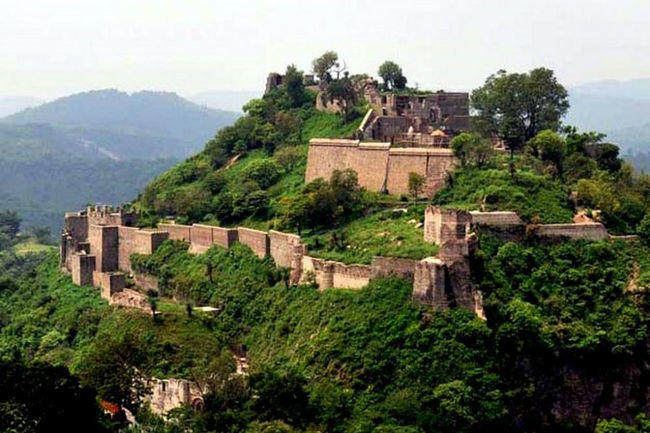
Explore Kangra Fort Himachal Pradesh with Photos
Kangra Fort must be photographed to be fully appreciated. From its majestic entry gates to its ancient temple remains, the fort provides several photo options. The fort’s summit vista is spectacular, making it ideal for photos.
Key Attractions of Kangra Fort Himachal Pradesh
Entrance Gates: The fort includes many mediaeval gates. The main entrance, Ranjit Singh entrance, is named after the early 19th-century Sikh monarch who took the fort.
Temples: The fort’s Lakshmi Narayan, Ambika Devi, and Jain temples have distinctive architecture and beautiful sculptures.
Watch Towers: The fort included multiple watchtowers to track enemies. Climbing these towers offers a breathtaking outlook.
Royal Palace: The Katoch kings lived lavishly, as seen by the royal palace relics. Although in ruins, the palace’s splendour remains.
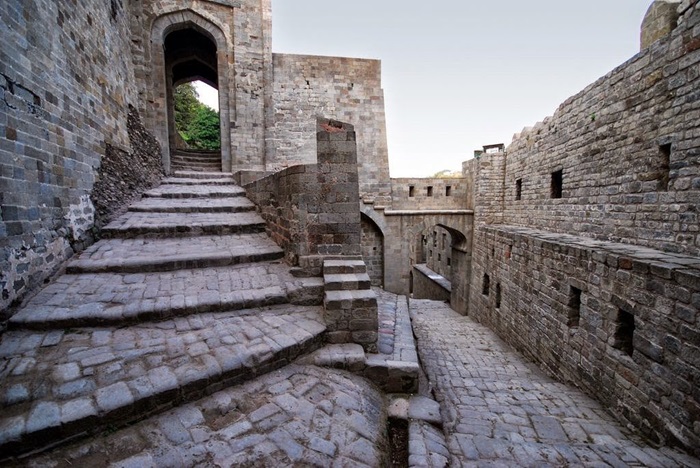
Travel Tips: Kangra Fort Practical Information for Visitors
Best Time to Visit Kangra Fort: Kangra Fort is best visited in spring and fall (March–June and September–November) when the weather is beautiful and great for exploring.
Kangra is well-connected by road to Dharamshala and Pathankot, making the fort easy to reach. Gaggal Airport, 13 km distant, is closest.
A small fee is levied to enter the fort, which is accessible from 9 AM to 6 PM.
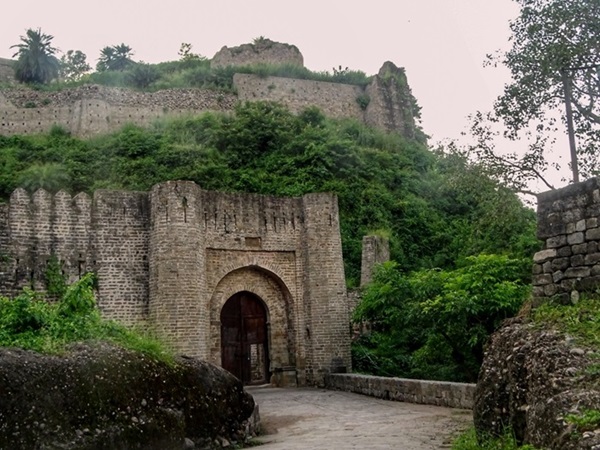
Conclusion
More than a historical landmark, Kangra Fort is a trip through time that reveals the region’s rich legacy. Kangra Fort in Himachal Pradesh is a fascinating destination for history buffs, photographers, and adventurers. So pack your luggage, charge your camera, and prepare to explore the greatest Himalayan fort!
Check out Kangra Fort images online and plan your visit to this gorgeous stronghold for more information.
